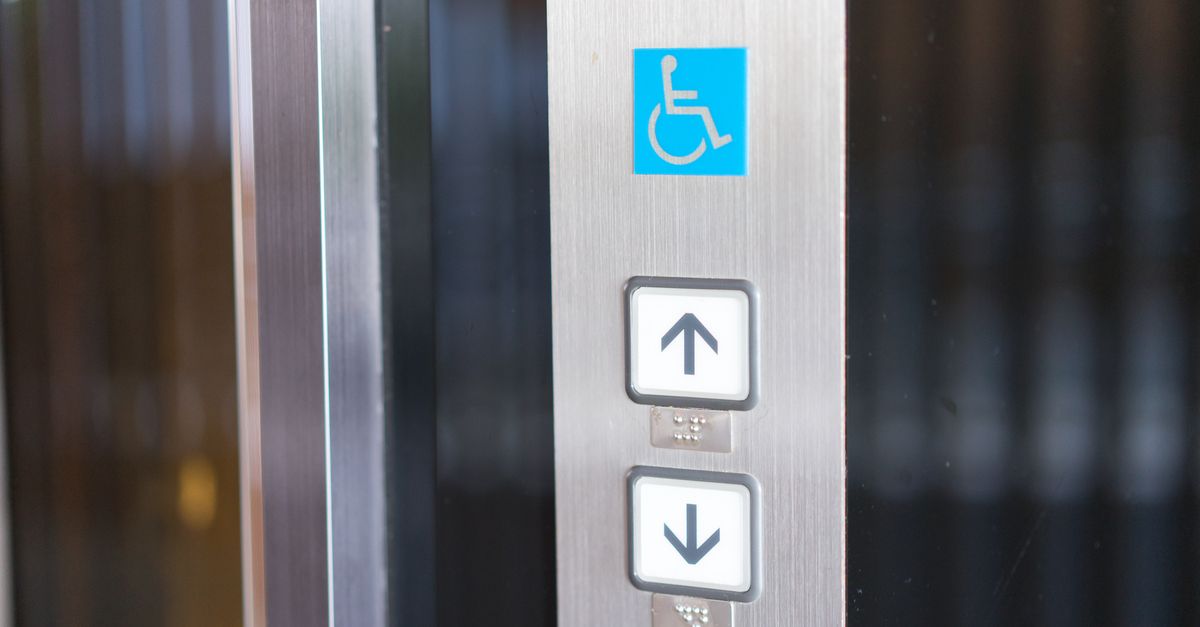All manner of sudden fatality are horrendous no matter where or when or how they occur, but we seem to assign decapitations to a special category populated by modes of death we find particularly disturbing. This form of expiration is especially gruesome because the mind is cut off from the body, ending a life, and it all takes place in a flash. A person who moments before was a living, thinking being is now just a headless trunk, spurting blood like a ghoulish prop in a bad horror film. Though all forms of demise lead to the same place, this one is sickly fascinating thanks to its elevated gore quotient and the speed with which it drives home the finality of death.
We'd like to think beheadings happen only in campfire tales and low-budget thrillers, but they take place in real life too, as was the case in the death of
The accident itself is hard to imagine: the ill-fated physician was trapped between the doors of the cable-propelled elevator, then decapitated as the carriage ascended.
According to the Harris County Medical Examiner's office, Nikaidoh died from multiple blunt force injuries to the head and body. His corpse was retrieved from the bottom of the elevator shaft along with two pagers, a cell phone, and an electronic organizer police believed belonged to him. The upper portion of his head, which was severed just above the lower jaw, was found in the car of the elevator. His colleague, physician's assistant Karin Steinau, who was in the car at the time, witnessed the whole thing.
Ms. Steinau told police the elevator had been out of service for a few days prior to the tragedy, but at the time of the accident the "Out of service" sign had been removed. She had rung for the elevator (with the intent of going to the sixth floor) and had already stepped into it and pushed the button for her floor when Nikaidoh tried to get into the car as the door was closing. As soon as she saw he was trapped by the doors, Steinau tried to hit the emergency stop button but was unable to do so before the rising elevator had partially decapitated
The cause of the deadly accident was a mystery. Elevator doors should not shut when there is something between them, thanks to sensors mounted in the doors. Also, a set of contacts in the door should keep the elevator from moving if the doors are not closed. Yet both these things reportedly happened. A state investigative committee later reported that faulty wiring was to blame:
The Texas Department of Licensing and Regulation report was done by Chief Elevator Inspector Ron Steele.
Steele said an inspection of the elevator's electrical wiring diagrams found that one controller stud had two wires connected to it, although the diagram indicated it should only have one. The controller stud on which the extra wire should have been placed was empty.
[Attorney Howard] Nations said the mistake bypassed safety systems that would have kept the door from closing and the elevator from ascending.
"In the course of testing and retesting the elevator [the maintenance company] had changed wiring and when they rewired it back to its original position they forgot to put this wire back where it goes," Nations said.
The maintenance company, Kone, Inc., had been working on the elevator for four days before the incident. This month, the hospital dismissed Kone from doing its elevator maintenance.
Mike Lubben, vice president of Kone, said the company still was reviewing the state report but an internal investigation concluded that a wire in an electrical panel was incorrectly connected.
"This contributed to a malfunction in the elevator doors," Lubben said. "Kone is deeply saddened by this incident. We offer our deepest condolences to the family of Dr. Nikaidoh."
Although elevator fatalities are not common, they do occur from time to time, and they are not always of the "victim steps into an open elevator shaft" ilk. On
Even the elevator decapitation incident related here is not unique. On

